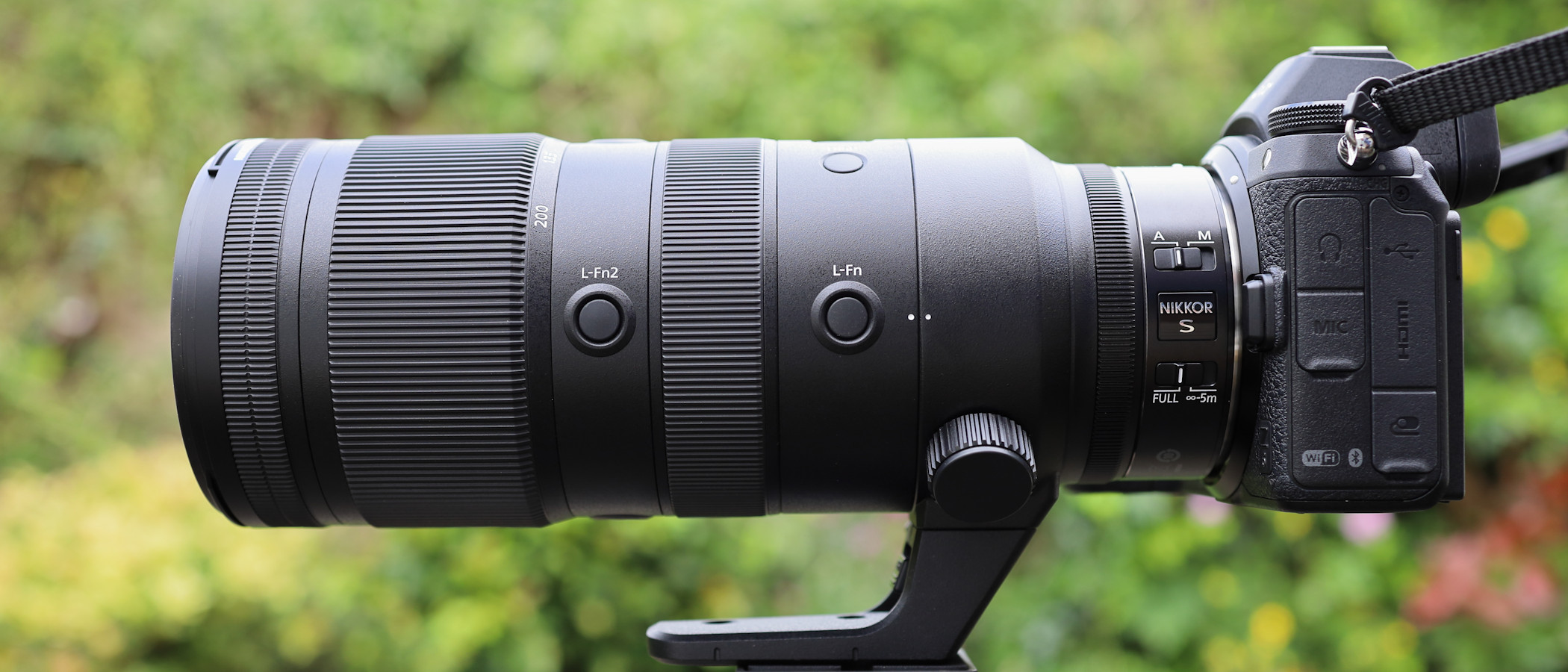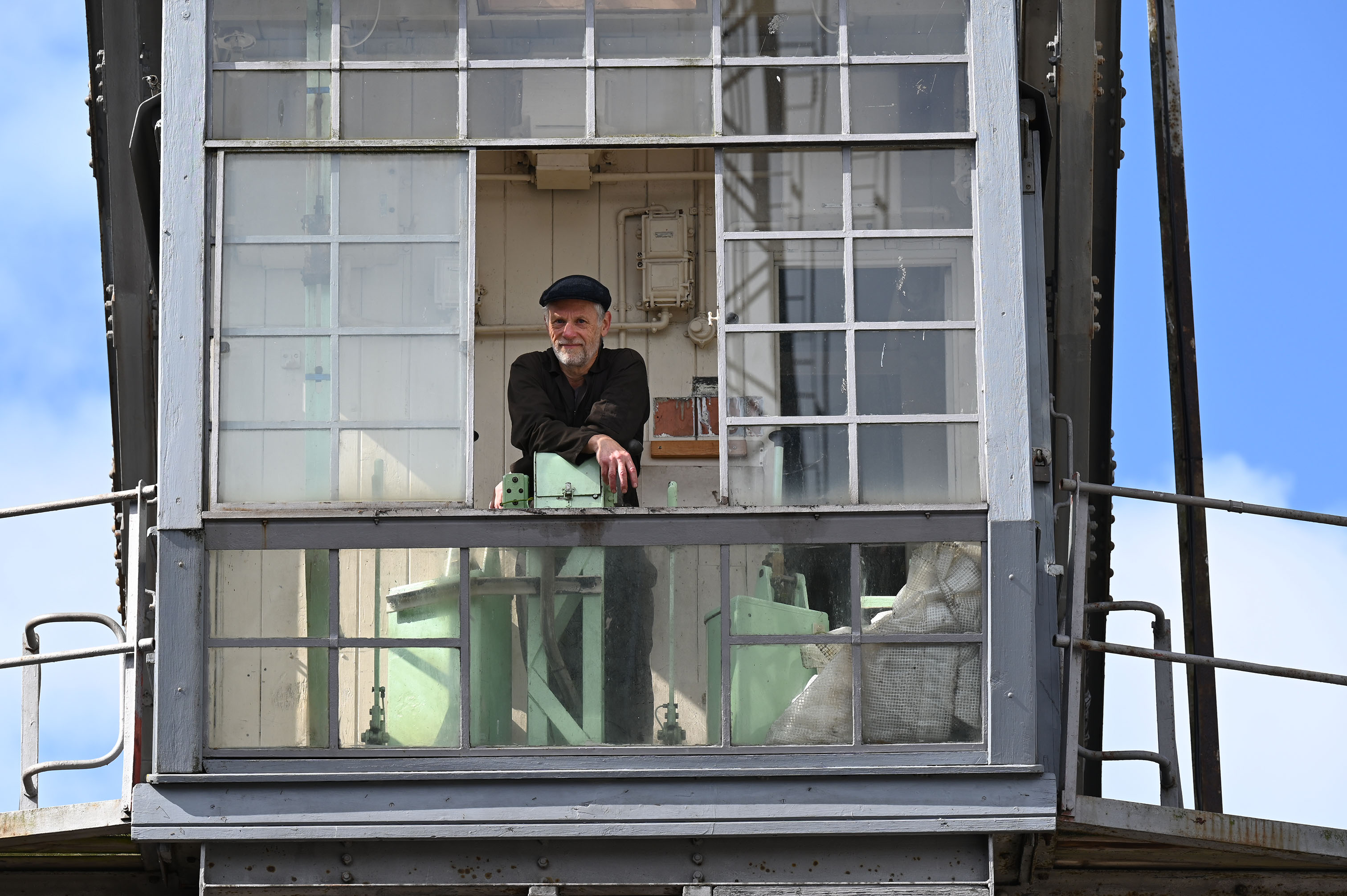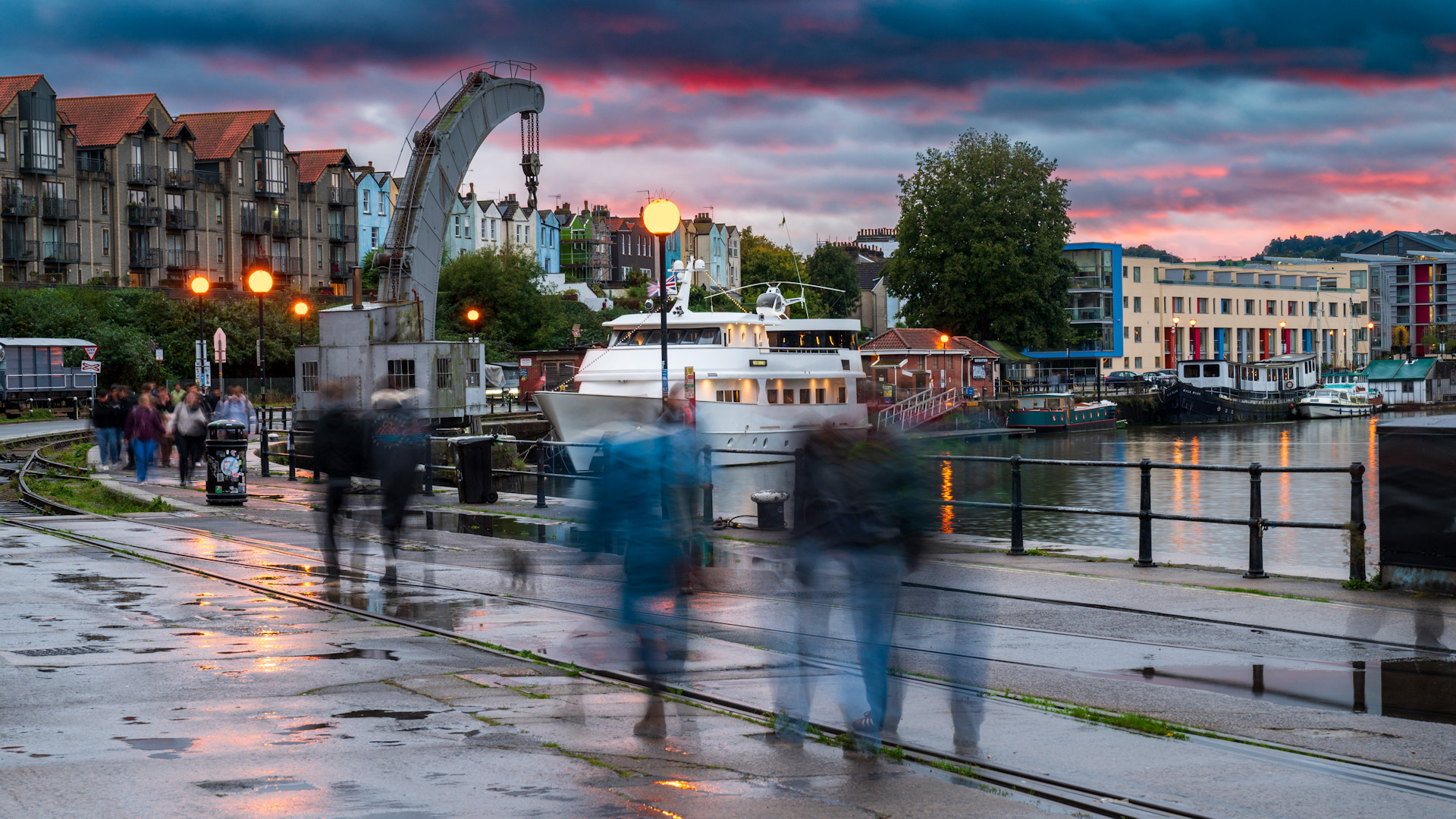I’m dumping my trinity zooms for 2025, and this is why
Trinity zoom lenses are what every enthusiast and photographer aspires to, right? Actually, you can count me out

So-called ‘trinity’ wide-angle, standard and telephoto zooms are the lenses that everybody really wants – or so we’re told.
Typically they have zoom ranges of around 14-24mm, 24-70mm and 70-200mm respectively, all with ‘fast’ f/2.8 apertures that remain constant through the entire zoom range. They also tend to be designed and crafted to deliver optimum image quality and all-round performance, wrapped up in a robust, pro-grade construction. What’s not to like?
Photography is my living, as well as my lifelong passion. So, following conventional wisdom, I duly towed the line and invested in the Nikon Z 14-24mm f/2.8 S, Z 24-70mm f/2.8 S and Z 70-200mm f/2.8 VR S a few years ago (once I’d satisfied myself that switching to Nikon Z6 II and Z7 II cameras from my trusty DSLRs was the right thing to do).
As for the mirrorless bodies, I’ve never looked back and am constantly glad I made the change. But I can’t say the same about the trinity zooms.

One of the things I like best about the Z system camera bodies is that they’re comparatively slimline and lightweight, compared with my chunkier DSLRs like the Nikon D850. They’re just so easy to live with. Not so the trinity zooms, which have a combined weight of nearly 3kg or about 6.5lb. If I put them all in my kit bag (none of them want to feel left out on big occasions) that’s a hefty weight to lug around all day long.
Like other manufacturers, Nikon has started making ‘alternative’ trinity zooms that are smaller and more lightweight – including the Z 17-28mm f/2.8, the Z 28-75mm f/2.8 and the Z 70-180mm f/2.8. That’s certainly a tempting proposition, with a combined weight of about 1.8kg or 4lb, making them much more manageable.
The collection is also much easier on the wallet, with a total list price of $3,640 / £3,097, compared with US$7,591 / £7,177 for the upmarket trio. They’re less than two-thirds the weight and less than half the price, so I’m definitely tempted, but not completely sold.
Get the Digital Camera World Newsletter
The best camera deals, reviews, product advice, and unmissable photography news, direct to your inbox!

The Z 70-180mm f/2.8 is particularly useful and I love using this lens, but in the wide-angle and standard range I prefer the S-line quality of the Nikon Z 14-30mm f/4 S and the Nikon Z 24-70mm f/4 S.
These are my go-to zoom lenses for everyday shooting. They’re super-sharp, lightweight and wonderfully compact for stowing away, thanks to their retractable design. I got the 24-70mm as a kit lens with my Z6 II and, for general shooting, still always grab it in preference to the chunkier, heavier f/2.8 lens. I’d go so far as to say it’s the best ‘kit zoom’ I’ve ever used.

When it comes right down to it, the final blow for trinity zooms is that I wouldn’t call f/2.8 a ‘fast’ aperture’. I’ve actually sold all my trinity zooms and much prefer using the f/4 wide-angle and standard zooms for general shooting, and swapping to an f/1.8 or f/1.4 prime lens when I feel the need for speed.
Again, these lenses are relatively compact and lightweight, so they literally take a load off for shooting and for carrying around. Ultimately, I find the combination of more manageable f/4 zooms and fast prime lenses much better suited to my journey, as well as delivering far greater creative versatility.

You might also like…
If you're a Nikon user like me, take a look at the best Nikon Z lenses along with the best Nikon lenses for DSLRs and mirrorless alike.
Matthew Richards is a photographer and journalist who has spent years using and reviewing all manner of photo gear. He is Digital Camera World's principal lens reviewer – and has tested more primes and zooms than most people have had hot dinners!
His expertise with equipment doesn’t end there, though. He is also an encyclopedia when it comes to all manner of cameras, camera holsters and bags, flashguns, tripods and heads, printers, papers and inks, and just about anything imaging-related.
In an earlier life he was a broadcast engineer at the BBC, as well as a former editor of PC Guide.

